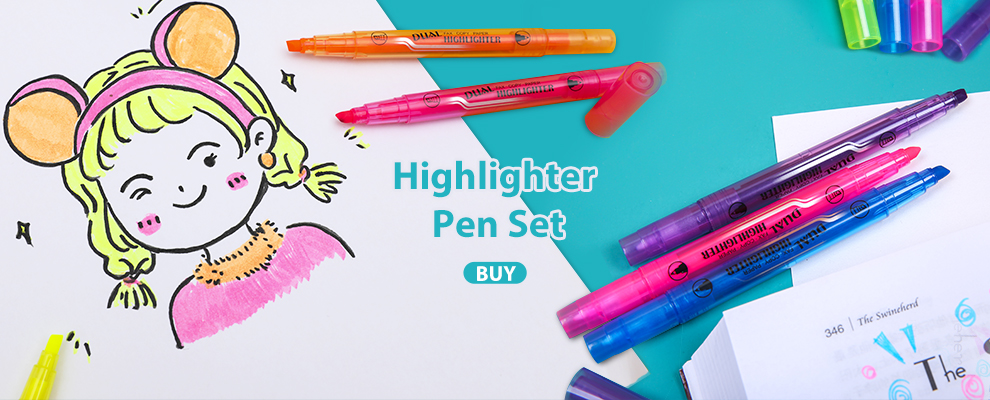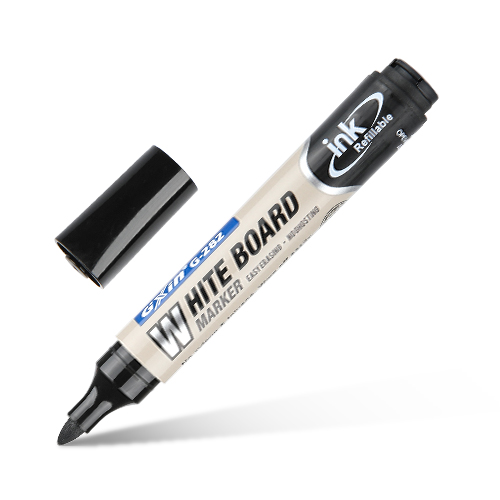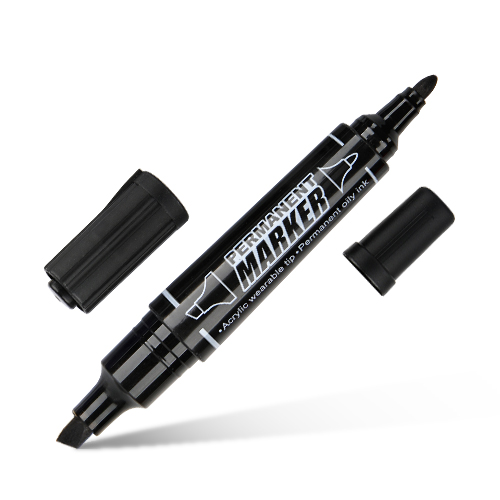
Struggling with smudges, dull colors, or bleeding through pages? The wrong highlighter can ruin your notes and waste your money. Here’s how to pick the right one.
Highlighters come in many forms, from fluorescent pens to dual-tip marker pens. This guide breaks down how they work, popular types, and how to choose the best for your needs.
Don’t miss out—discover what makes a good highlighter and avoid common buying mistakes.
The Basics of Highlighters: How Do They Work and What Are They Made Of?
A highlighter pen, often referred to as a highlighter marker or fluorescent pen, is specially designed to make text stand out on a page. Most highlighters use translucent ink that allows the underlying text to remain visible. These inks are typically water-based and include fluorescent dyes, which reflect more light than conventional inks, making the marked text pop.
Highlighter marker pens generally feature a felt or fiber tip that delivers ink evenly. The pen casing is usually plastic and can range from basic cylinders to ergonomic shapes. Some pens include special features like a transparent window near the tip for precision highlighting. The combination of ink type, tip design, and body ergonomics determines the overall effectiveness and user experience.
What Key Performance Indicators Should Buyers Consider When Purchasing Office Highlighters?
Buyers should look beyond color variety and price when sourcing highlighters in bulk. Critical performance indicators include ink longevity, tip durability, brightness retention, drying time, and smudge resistance. For high-volume users, a highlighter marker with long-lasting fluorescent ink reduces replacement frequency. Chisel-tip pens offer versatile line widths for both text and diagrams. A good highlighter pen should also perform consistently on standard office paper without bleeding or feathering. Safety certifications (e.g., EN71, ASTM) signal low-toxicity standards and workplace safety. Choosing the right highlighter marker pen ensures both employee satisfaction and procurement efficiency.
7 Common Types of Highlighters Compared: Which One Is Right for You?
1. Traditional Fluorescent Highlighters: These are the classic yellow or neon-colored highlighter markers. They offer bright, eye-catching colors and are ideal for studying or office use.
2. Pastel Highlighters: Featuring soft, muted tones, pastel highlighters provide a more aesthetically pleasing option that’s gentler on the eyes. Perfect for journaling or decorative notes.
3. Gel Highlighters: These use a waxy gel stick instead of liquid ink. They don’t bleed through paper and are ideal for thin or delicate pages.
4. Erasable Highlighters: Equipped with a friction or thermal erasing feature, these pens allow you to highlight and remove marks cleanly. Great for planners or temporary documents.
5. Dual-Tip Highlighters: These feature two different tip sizes—usually a chisel tip on one end and a fine tip on the other. Ideal for versatile use, from bold highlighting to fine underlining.
6. Scented Highlighters: Infused with pleasant aromas, these are popular among students and younger users. Though not always practical, they add a fun, sensory experience.
7. Eco-Friendly or Refillable Highlighters: Made from recycled materials or designed to be refillable, these options reduce waste and appeal to environmentally conscious consumers.
Highlighter Recommendations by User: Students, Office Workers & Journal Fans
Students: For students, traditional fluorescent highlighters and dual-tip options are best. They allow quick, visible marking and flexible underlining. Brands that emphasize quick-drying ink help avoid smudging in fast-paced note-taking.
Office Workers: Professionals benefit from pastel and erasable highlighters. Pastels look cleaner on business documents, while erasable markers allow for correcting errors without messy cross-outs.
Journal Lovers: Gel and pastel highlighters are ideal. Their non-bleeding properties and soft colors make them perfect for decorating journals or planners. Look for highlighter marker pens that pair aesthetic appeal with functionality.
Each user group has distinct needs, and selecting the right highlighter marker helps enhance productivity and visual clarity.
5 Things to Watch Out for When Buying Highlighters: A Practical Checklist
1. Ink Quality: Always check if the ink is water-based and quick-drying. Low-quality ink may smudge or fade over time.
2. Paper Compatibility: Some highlighters bleed through thin paper. If you use softbound books or planners, consider gel or pastel highlighters.
3. Tip Design: Chisel tips offer versatile usage but can be imprecise. Fine tips or dual tips give better control depending on your task.
4. Safety and Smell: Especially important for younger users, ensure the pen is non-toxic and low-odor. Scented highlighters should use safe fragrances.
5. Sustainability: With growing concern for the environment, eco-friendly highlighter marker pens that are refillable or made from recycled materials are excellent choices.
In Summary
Choose a highlighter pen that matches your needs, fits your style, and enhances your workflow.





